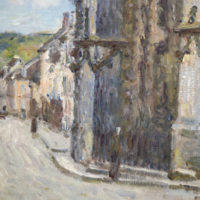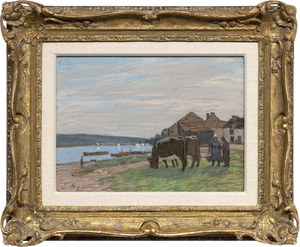אלפרד סיסלי(1839-1899)
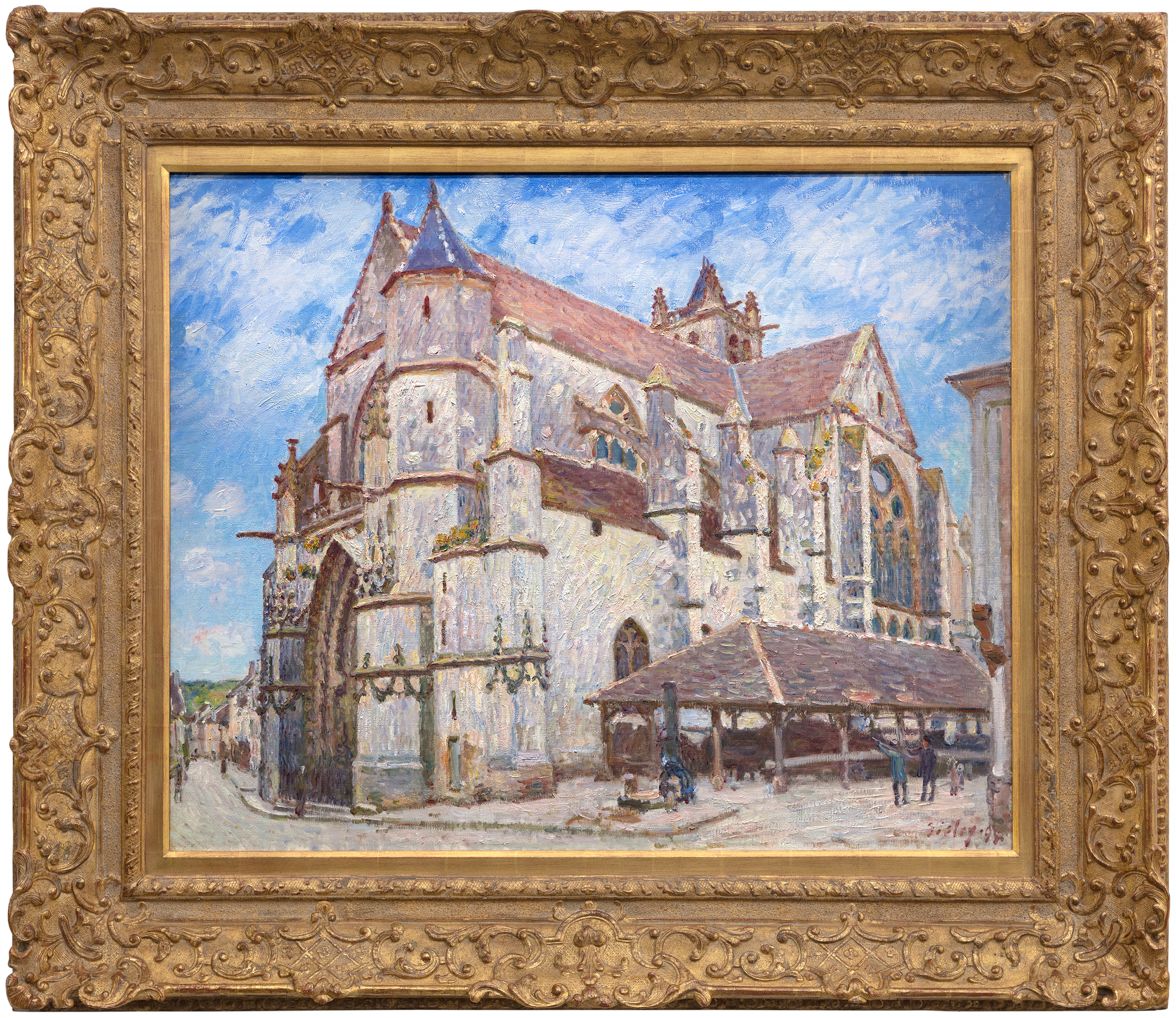
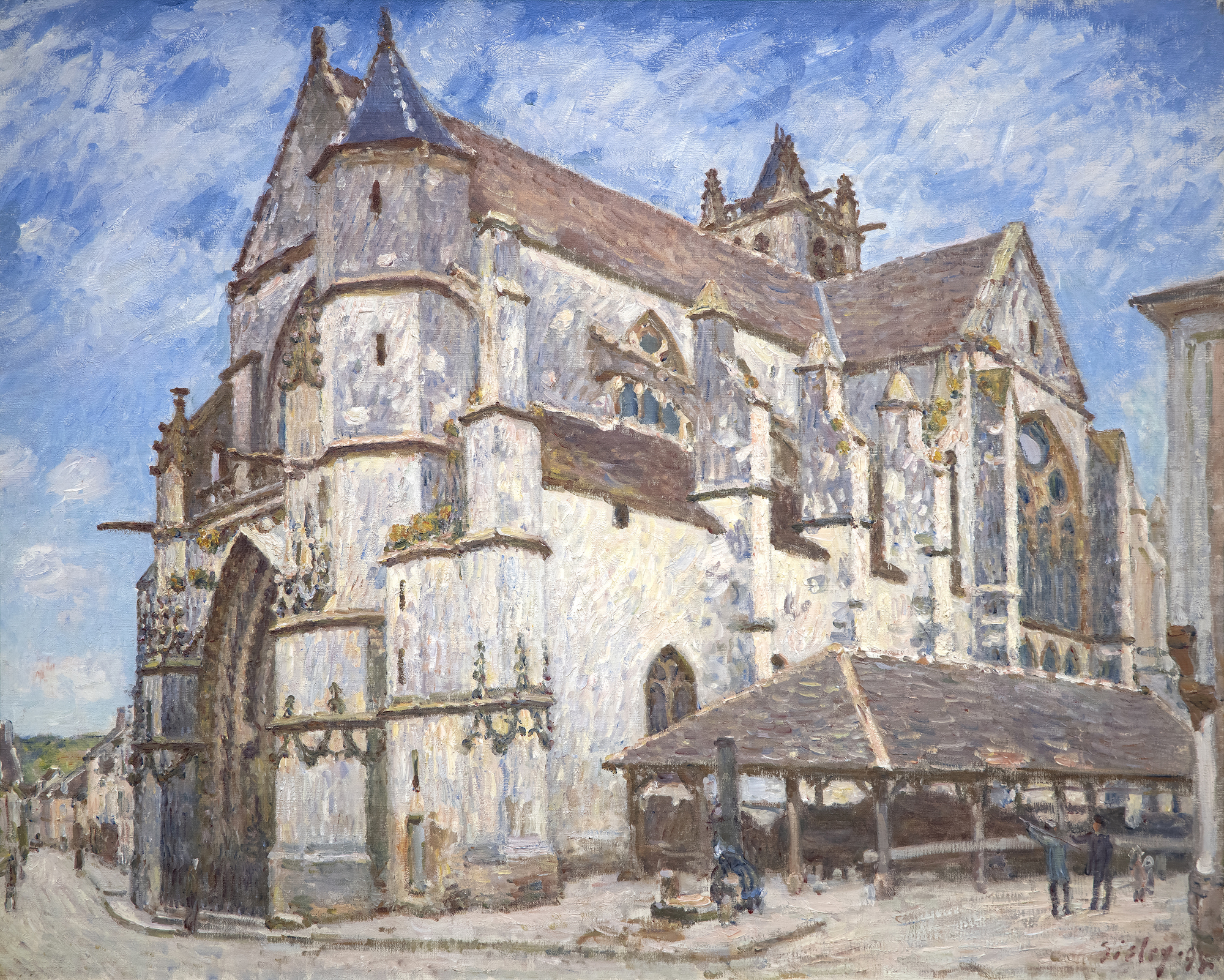
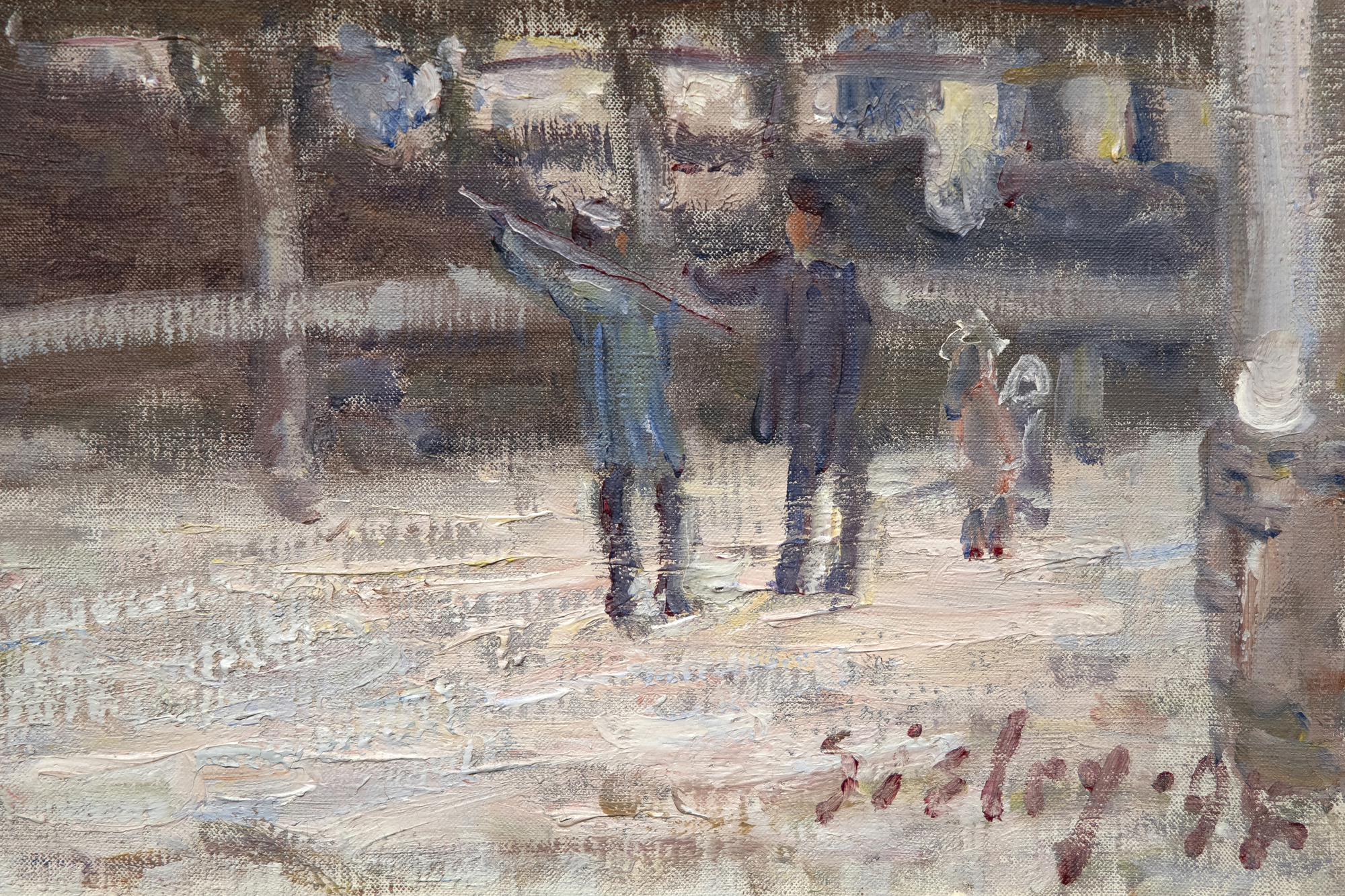
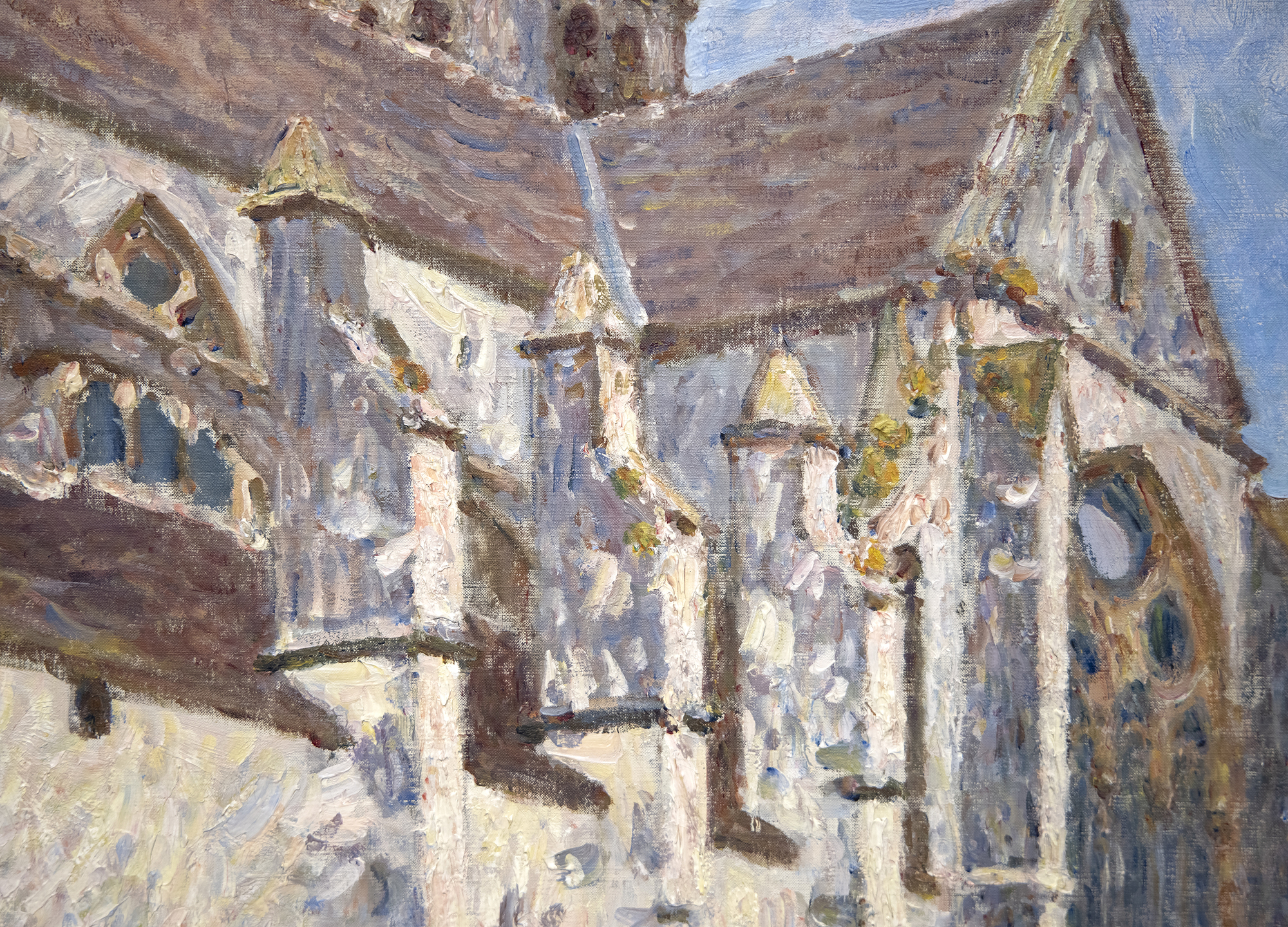
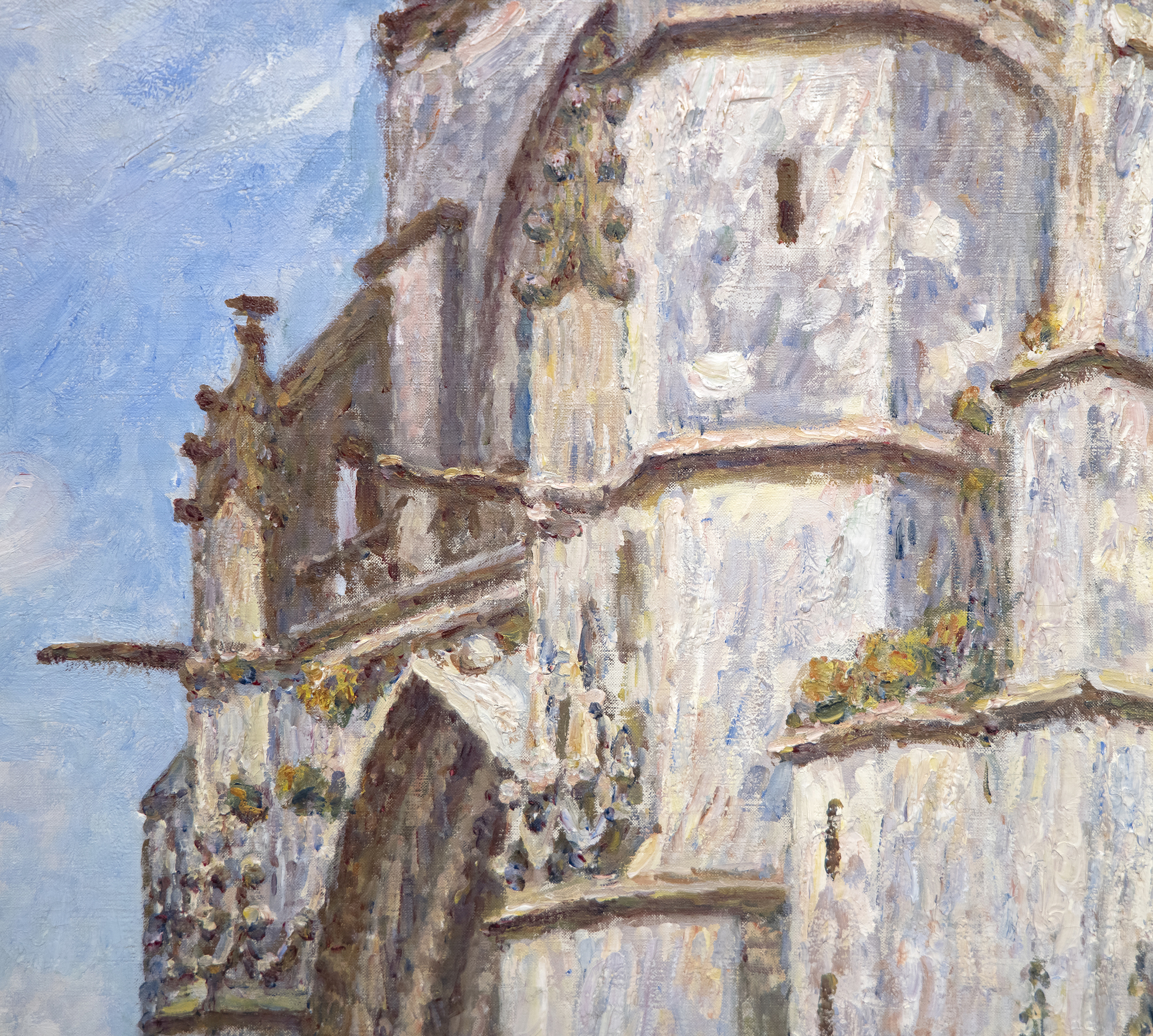
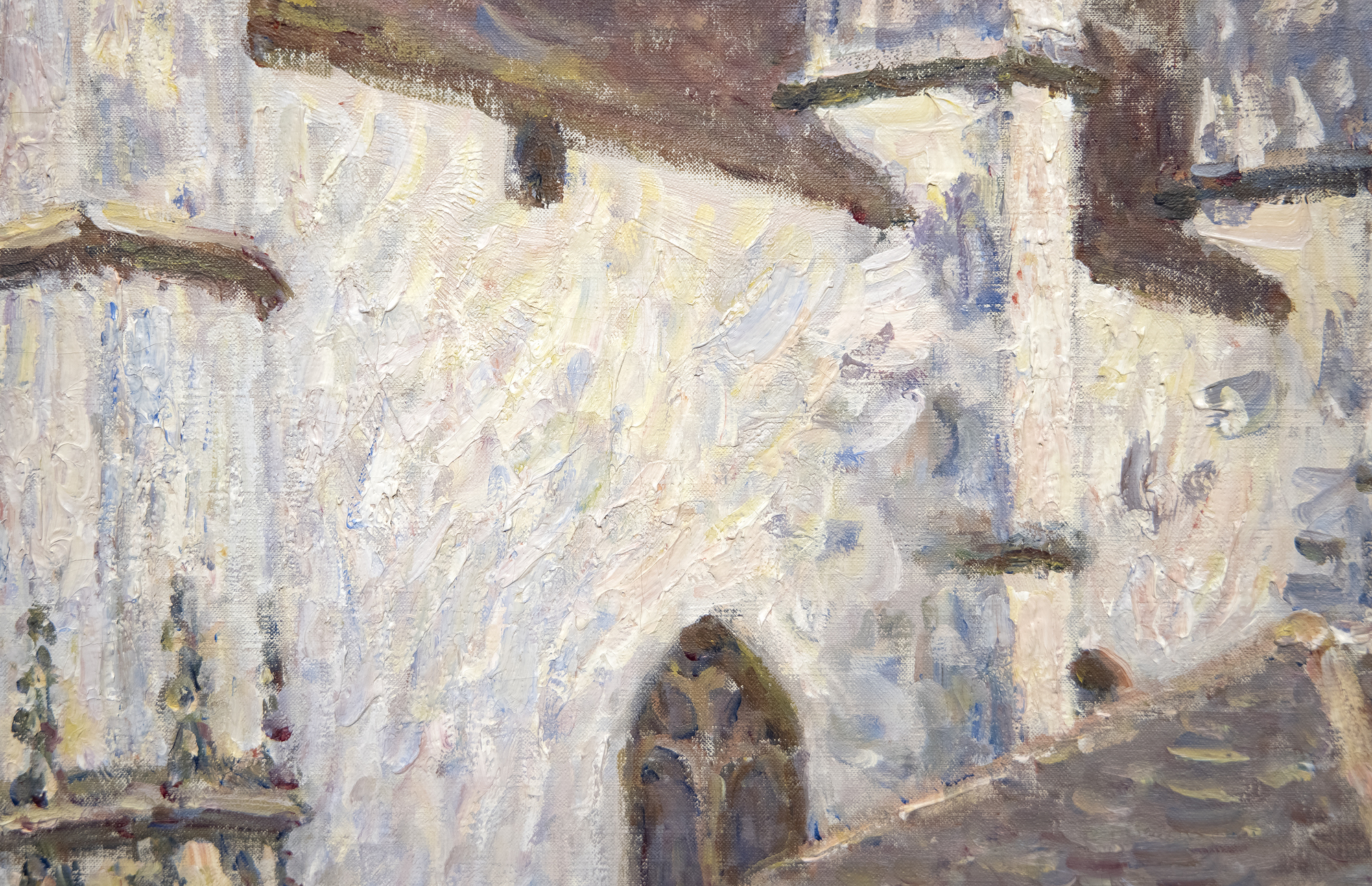
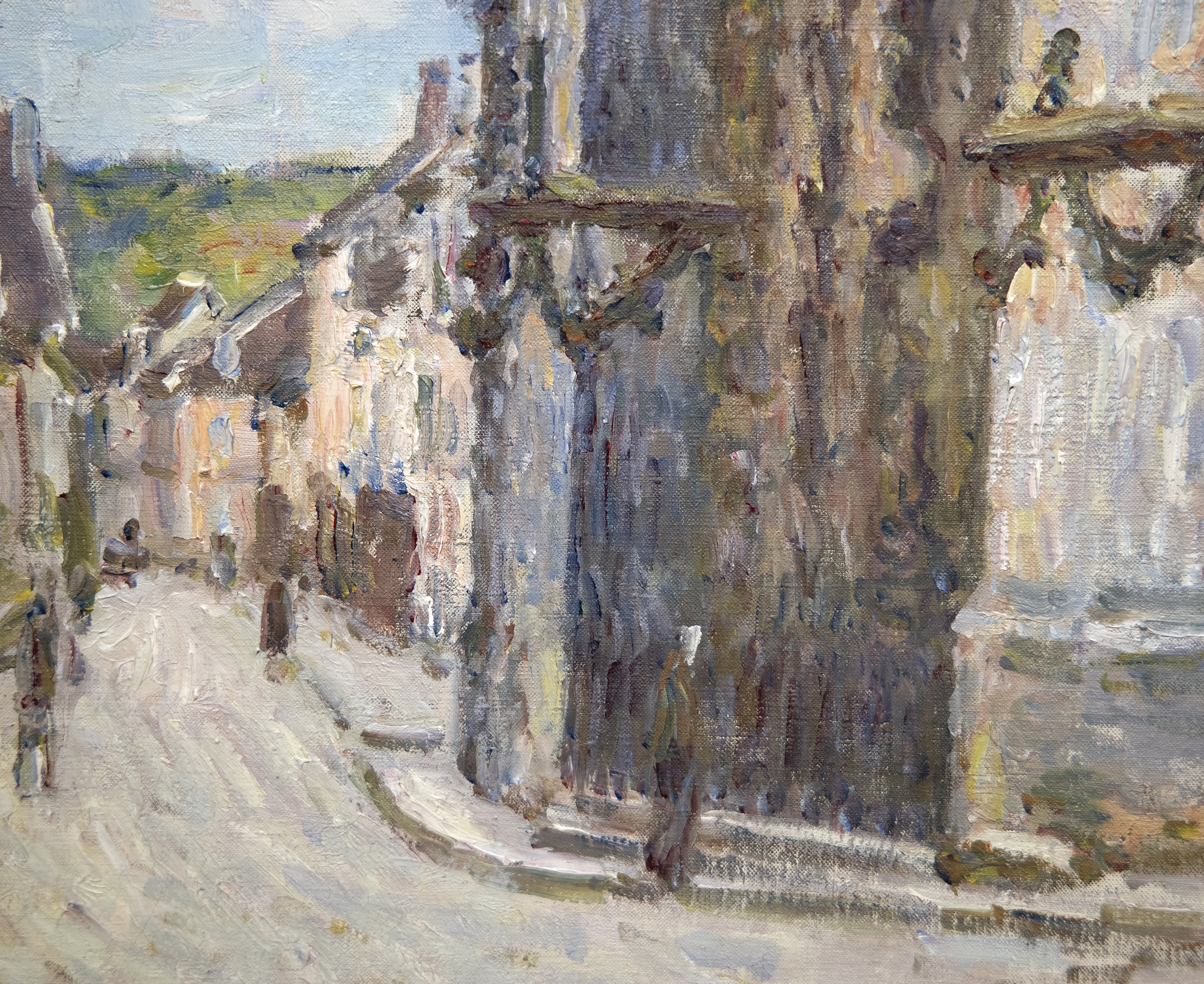
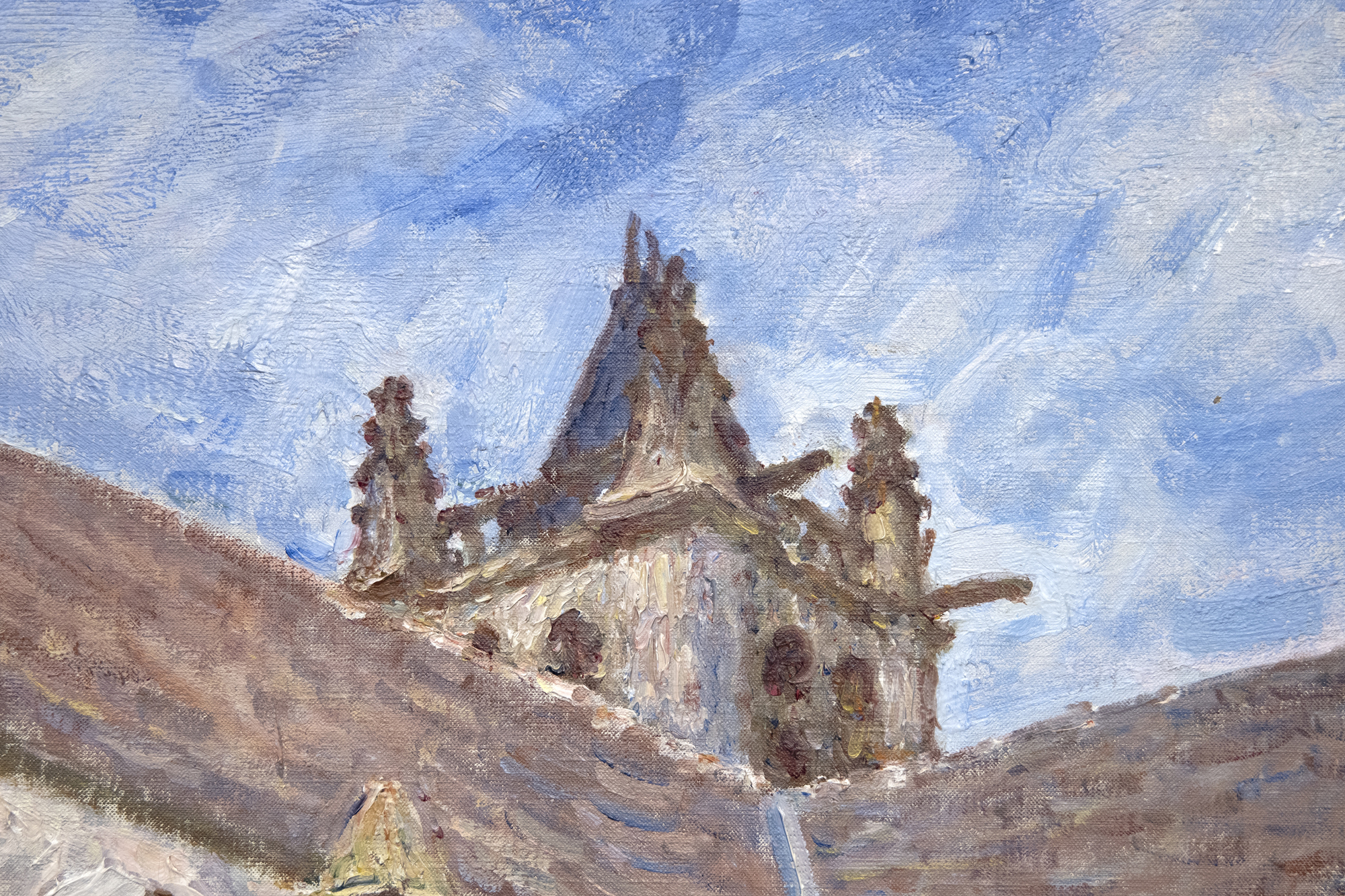
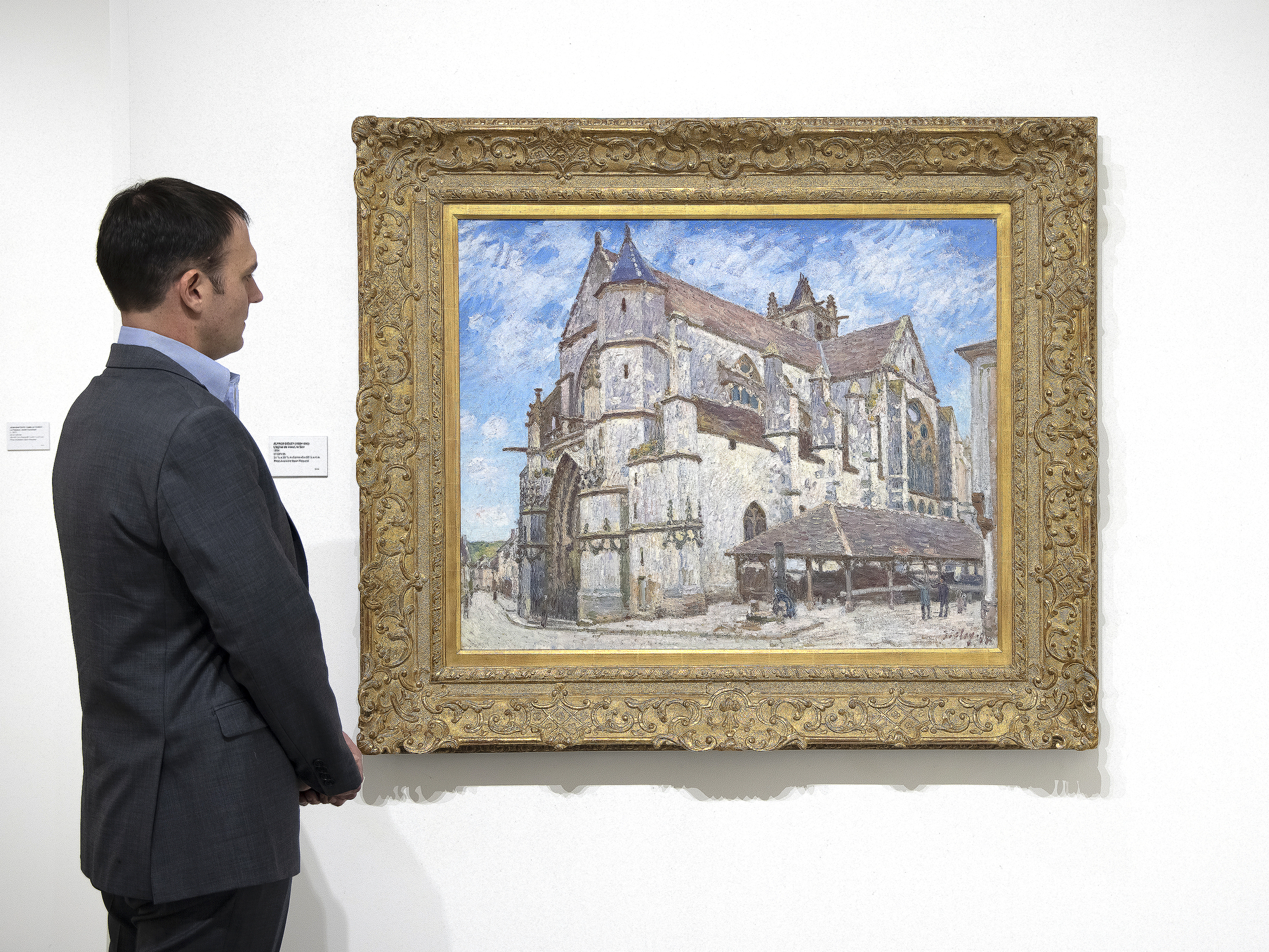
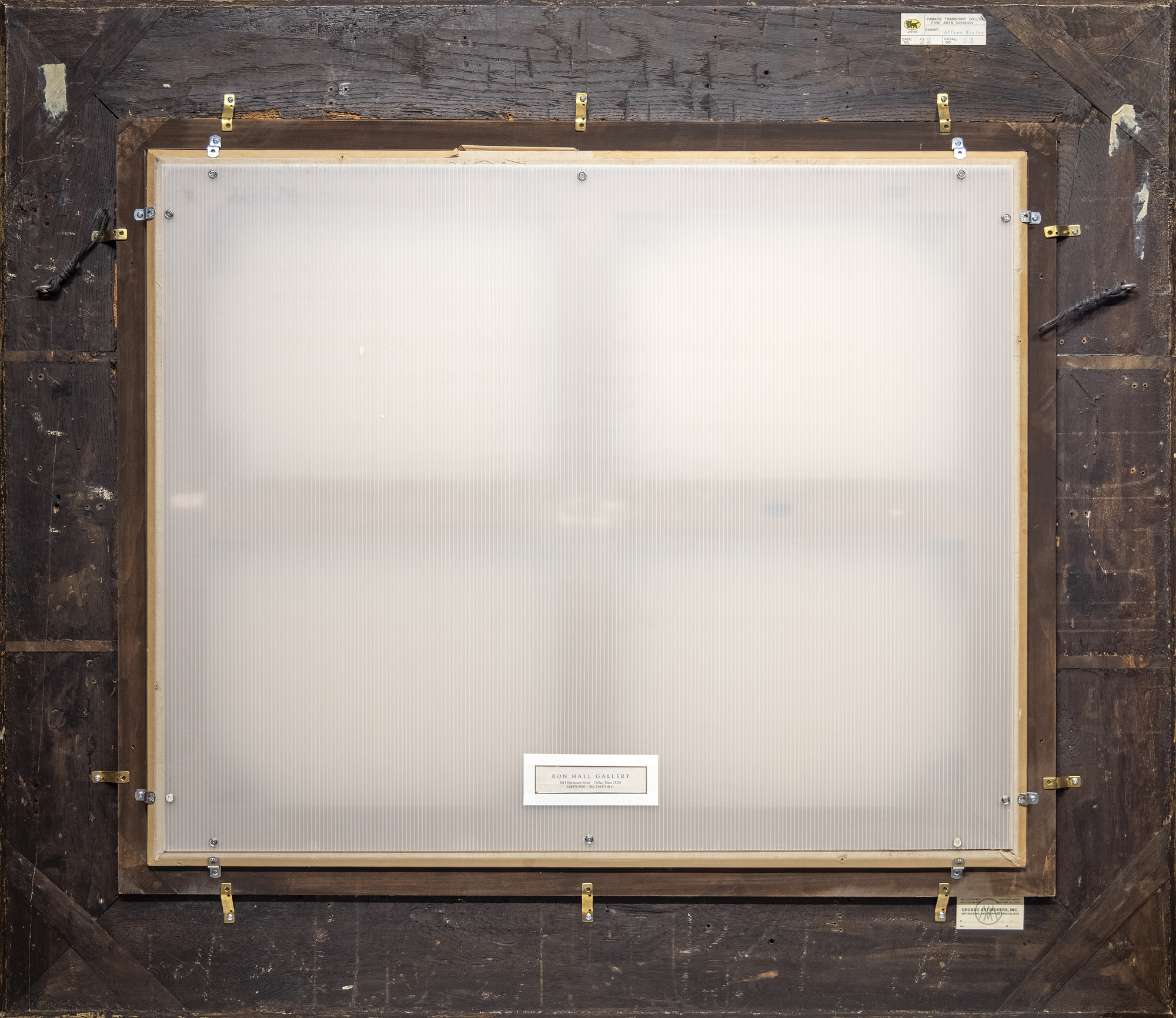
מקור ומקור
אחוזת סיסלימכירה: ונטה דה ל'אטלייה סיסלי, גנריז' ז'ורז' פטי פריז, 1 במאי 1899, מגרש 13
ג'ורג' ויאו, פריז
מכירה: מלון דרווט פריז, 20 בפברואר 1908, מגרש 37
אוסף פירסון, פריז (נרכש במכירה הנ"ל)
מכירה: ונטה פירסון, גלריה פול קסירר ברלין, 18 באוקטובר 1927, מגרש 65
אוסף פרטי
מכירה: מלון דרו, פריז, 23 ביוני 1928, מגרש 98
אוסף אוברט, פריז (נרכש במכירה הנ"ל; אולי מרסל אוברט)
אוסף פרטי גלריית אדוארד נחם
S... עוד...teven Bedowitz, בוקה רטון, פלורידה (נרכש בשנת 1989)
אוסף פרטי, ניו יורק
לארי לקרטה, דאלאס (נרכש בשנת 1991)
אוסף פרטי (נרכש ב-1996)
תערוכה
טוקיו, מוזיאון איסתאן לאמנות; קגאווה, המוזיאון העירוני לאמנות של טקאמאצו; הירושימה, מוזיאון לאמנות ווקאיאמה, המוזיאון המחלקתי לאמנות מודרנית, תערוכה אלפרד סיסלי, 2000, מס '53, מאויר בצבע עמ ' 138-139ספרות
O. רויטרסwaerd, 'הקתדרלות של סיסלי, מחקר של הכנסייה במורט' ב גאזט דה בומנויות, מרץ 1952, תמונה 1, מאויר עמ ' 194פ. דולטה, אלפרד סיסלי. קטלוג raisonné de l'œuvre peint, לוזאן, 1959, מס '835, מאויר בשחור לבן
פ. דולטה, סיסלי. Les Saisons, פריז, 1992, מס ' 41, מאויר בצבע עמ ' 73
ר. שון, סיסלי, ניו יורק, 1992, pl. 134, מאויר בצבע עמ ' 170 (מוזכר עמ ' 164-165)
Brame, S., Sisley, A., Lorenceau, F., & Daulte, O. (2021). Alfred Sisley: Catalog critique des peintures et des pastels. עמ' 347 חולה. 347, 501
... פחות...
היסטוריה
בין איל-דה-פראנס לבורגונדי ובקצה יער פונטנבלו שוכן הכפר מימי הביניים מורט-סור-לוינג (Moret-sur-Loing), שהוקם במאה ה-12. כאשר אלפרד סיסלי תיאר את דמותו למונה במכתב מתאריך 31 באוגוסט 1881 כ"נוף קופסת שוקולד..." הוא התכוון לכך כמזכרת של פיתוי; כי השמירה שלה, הסוללות, הכנסייה, השערים המבוצרים, ואת החזיתות המקושטות השוכנות לאורך הנהר היו, עבור צייר, הגדרה של קסם שאין שני לו. כנסייה עתיקה, תמיד הנוף העירוני הבולט ביותר לאורך עמק הסיין, תהיה נוכחות בנוף העיר של סיסלי כפי שהיה עבור קורוט, ועבור מונה ב Vétheuil. אך שלא כמו מונה ששלושים נופיו על קתדרלת רואן הוצאו להורג כדי שיוכל להתחקות אחר משחק האור והצל על פני חזית הקתדרלה ולתפוס את האופי הארעי של שינויים מרגע לרגע של אור ואטמוספירה, סיסלי יצא לאשר את טבעה הקבוע של כנסיית נוטרדאם במורט-סור-לוינג. הדאגה היחידה של מונה הייתה אוויר ואור, וסיסלי נראה כמזכרת הומאז'. הציור מפגין כבוד לאדריכלים ובנאים המקוריים של מבנה כה בלתי חדיר ונחוש, שהוא עמד אז כפי שעמד אז כפי שעשה באותם ימי הביניים, ואשר עבורנו, עומד היום, כפי שהוא יהיה, לזמן בלתי נשכח.
עם זאת, סיסלי שאף להראות את המראה המשתנה של המוטיב באמצעות סדרה של שינויים אטמוספריים. הוא נתן ליצירות כותרים כמו "בשמש", "תחת כפור" ו"בגשם" והציג אותן כקבוצה בסלון דו צ'אמפ-דה-מארס ב-1894, גורמים המצביעים על כך שהוא חשב עליהן כפרשנויות סדרתיות. אף על פי כן, בניגוד לעבודתו של מונה, l'église de Moret, le Soir מגלה כי סיסלי בחר להציג את המוטיב בתוך הקשר מרחבי המדגיש את תכונותיו הקומפוזיטיביות - נקודת המבט הצוללת של הרחוב הצר משמאל, המיתון האלכסוני החזק של קווי הבניין כמאזן נגדי מימין, והמשקל המרשים של הבניין הסלעי שמעל קו הראייה.
תובנות שוק
- מחיר השיא לציור של סיסלי במכירה פומבית הוא מעל 9 מיליון דולר, שנקבע בשנת 2017 על ידי נוף חורפי קטן משמעותית מ- L'église de Moret, le Soir
- קיימים רק 884 ציורי שמן של סיסלי, ורבים מהם נמצאים באוספי מוזיאונים קבועים, מה שמשאיר מעט דוגמאות מצוינות בקנה מידה גדול שיכולות להיות זמינות למכירה פרטית
- L'église de Moret, le Soir גדול במיוחד ביחס ליצירות אחרות של סיסלי, והוא שייך לאותו אוסף פרטי מאז 1996, מה שמוסיף לערכו
- הוא חתום בפינה הימנית התחתונה "סיסלי 94" ומתועד בקטלוג של סיסלי (פ. דאולטה, לוזאן, 1959, מס ' 835, מאויר בשחור לבן)
- מתאר את כנסיית נוטרדאם במורט, נושא חשוב שסיסלי ביקר בו כמעט תריסר פעמים מאז שהתיישב במורט בשנת 1889
ציורים דומים שנמכרו במכירה פומבית

"Effet de Neige à Louveciennes" (1874) נמכר ב-9,064,733 דולר.
- ציור קטן יותר עם לוח צבעים מושתק, אך צללים יפים
- סצנת חורף נדירה
- קבע את מחיר השיא של סיסלי במכירה פומבית ב-2017

"Le loing à Moret" (1883) נמכר ב-4,869,000 דולר.
- קטן משמעותית מהיצירה שלנו
- פחות סיים ללא מספרים
- פלטת צבעים ואור יפה

"מורט-סור-לוינג" (1891) תמורת 4,685,031 דולר.
- ציורים גדולים של סיסלי כמו זה ושלנו נדירים ובעלי ערך רב יותר
- נמכר לפני שמונה שנים ביותר מ-4.6 מיליון דולר, והשוק גדל

"Le loing à Moret, en été" (1891) נמכר ב-5,746,135 דולר.
- עוד בד גדול מכמה שנים קודם לכן
- כמו הציור שלנו, הוא כולל דמות, אשר מגדילה את הערך

































